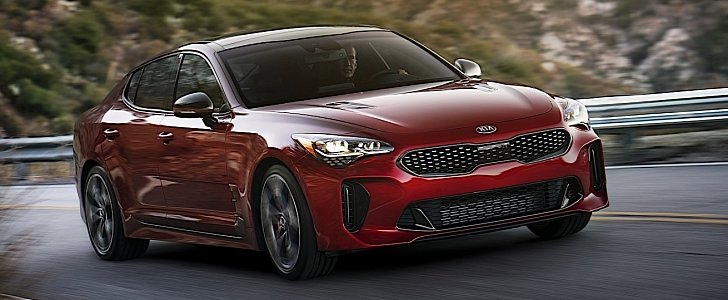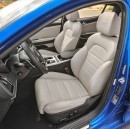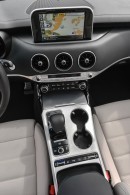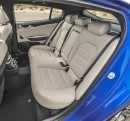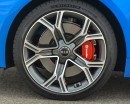With each new model, carmakers strive to offer smarter and safer vehicles, but if they can’t get the technology right, they might as well not integrate it.
J.D. Power has released the findings of its annual U.S. tech experience index study, and it shows that an overwhelming percentage of drivers of new cars consider some of the integrated technology “annoying” and turn it off. Perhaps more worrying for the maker, the same drivers would not recommend or buy another car with similar technology.
The study was conducted on over 20,000 new car owners, 90 days into ownership. It looked at several major categories, including collision protection, entertainment and connectivity, driving assistance, comfort and convenience, navigation, and smartphone mirroring. After crunching the numbers, Kia Stinger was the best-performing car in the study, with a 834 score on a 1,000-point scale.
Technology meant to keep us safe on the road, like Advanced Driver Assistance Systems were deemed bothersome and annoying by those surveyed. About 61 percent of these drivers disabled lane-keeping and centering systems because they didn’t like the alerts, and said they would not buy another car with similar features.
J.D. Power notes that all carmakers must focus more on how they integrate the technology into their products, especially features as important as driver assistance.
“Automakers are spending lots of money on advanced technology development, but the constant alerts can confuse and frustrate drivers,” Kristin Kolodge, executive director of driver interaction and human machine interface research at J.D. Power, says. “The technology can’t come across as a nagging parent; no one wants to be constantly told they aren’t driving correctly.”
“Consumers are still very concerned about cars being able to drive themselves, and they want more information about these complex systems, as well as more channels to learn how to use them or how and why they kick in,” Kolodge adds. “If they can’t be sold on lane-keeping – a core technology of self-driving – how are they going to accept fully automated vehicles?”
Other high-ranking cars in the study, based on segment are: Hyundai and Toyota C-HR in the small segment, Kia Forte in compact, Chevrolet Blazer in midsize, Ford Expedition in large, Kia Stinger in compact luxury, and Porsche Cayenne in midsize luxury.
The study was conducted on over 20,000 new car owners, 90 days into ownership. It looked at several major categories, including collision protection, entertainment and connectivity, driving assistance, comfort and convenience, navigation, and smartphone mirroring. After crunching the numbers, Kia Stinger was the best-performing car in the study, with a 834 score on a 1,000-point scale.
Technology meant to keep us safe on the road, like Advanced Driver Assistance Systems were deemed bothersome and annoying by those surveyed. About 61 percent of these drivers disabled lane-keeping and centering systems because they didn’t like the alerts, and said they would not buy another car with similar features.
J.D. Power notes that all carmakers must focus more on how they integrate the technology into their products, especially features as important as driver assistance.
“Automakers are spending lots of money on advanced technology development, but the constant alerts can confuse and frustrate drivers,” Kristin Kolodge, executive director of driver interaction and human machine interface research at J.D. Power, says. “The technology can’t come across as a nagging parent; no one wants to be constantly told they aren’t driving correctly.”
“Consumers are still very concerned about cars being able to drive themselves, and they want more information about these complex systems, as well as more channels to learn how to use them or how and why they kick in,” Kolodge adds. “If they can’t be sold on lane-keeping – a core technology of self-driving – how are they going to accept fully automated vehicles?”
Other high-ranking cars in the study, based on segment are: Hyundai and Toyota C-HR in the small segment, Kia Forte in compact, Chevrolet Blazer in midsize, Ford Expedition in large, Kia Stinger in compact luxury, and Porsche Cayenne in midsize luxury.
